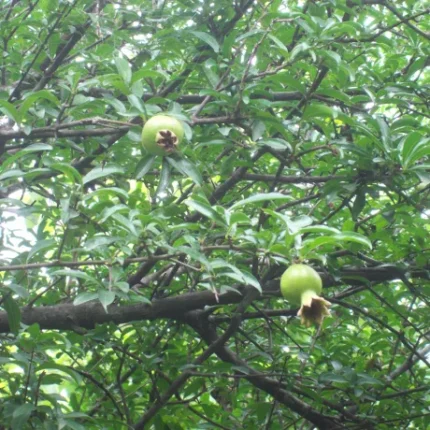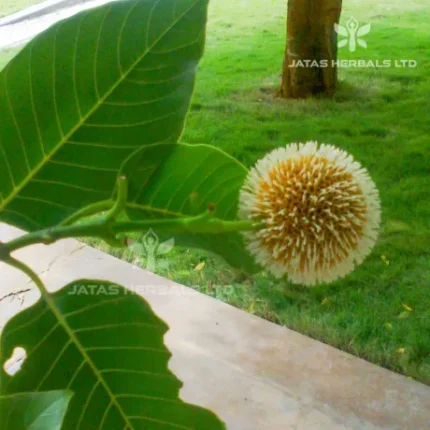During ighant period amrtaphala is the synonym used to denote ighant (C.S.Ci.7/146). More over the synonym laghubilva used for amrtaphala by madanapala indicates towards the shape of European pear. According to dhanvantari ighantu, rajamra and tanka are together known as tankayugma. It is important to note that tanka term is not used by madanpala in his work. Probably, he quoted amrtaphala in place of tanka while rajamra is a Mangifera species. Therefore, amrtaphala is identified as Pyrus communis Linn.
Botanical description – The European Pear is native to central and eastern Europe and southwest Asia. The European Pear is one of the most important fruits of temperate regions, being the species from which most orchard pear cultivars grown in Europe, North America and Australia are developed.
The European pear is thought to be decended from two species of wild pear, categorized as P. pyraster and P. caucasica, which are interfertile with the domesticated species. Archeological evidence shows that pears “were collected from the wild long before their introduction into cultivation,” according to Zohary and Hopf. Although they point to finds of pears in sites in Neolithic and Bronze Age European sites, “reliable information on pear cultivation first appears in the works of the Greek and the Roman writers.” Theophrastus, Cato the Elder and Pliny the Elder all present information about the cultivation and grafting of pears.
Part used – fruit
Uses – Nutritious, cooling, appetizer and useful as edible fruit.
Note : Two other species of pear, the Nashi Pear Pyrus pyrifolia and the Chinese white pear [bai li], Pyrus bretschneideri, are more widely used in eastern Asia.






Reviews
There are no reviews yet.